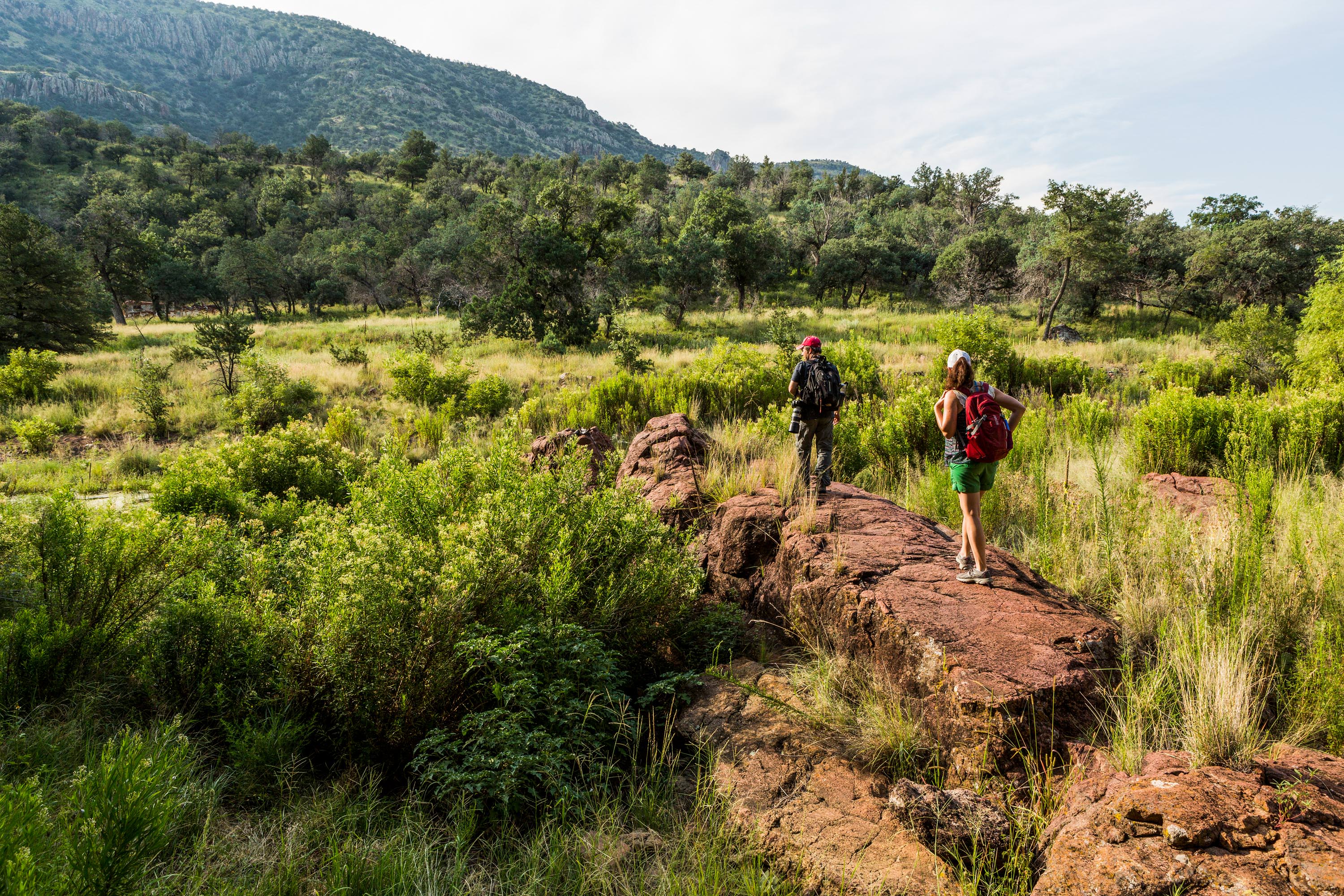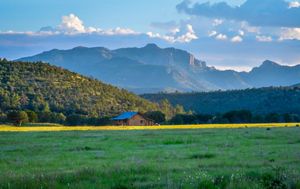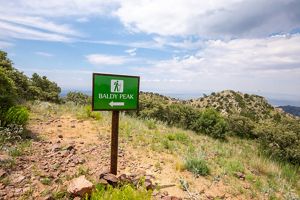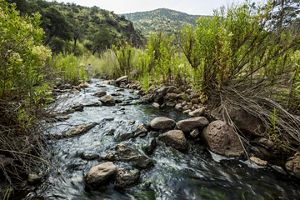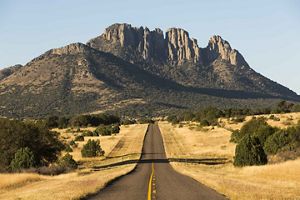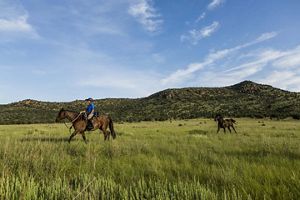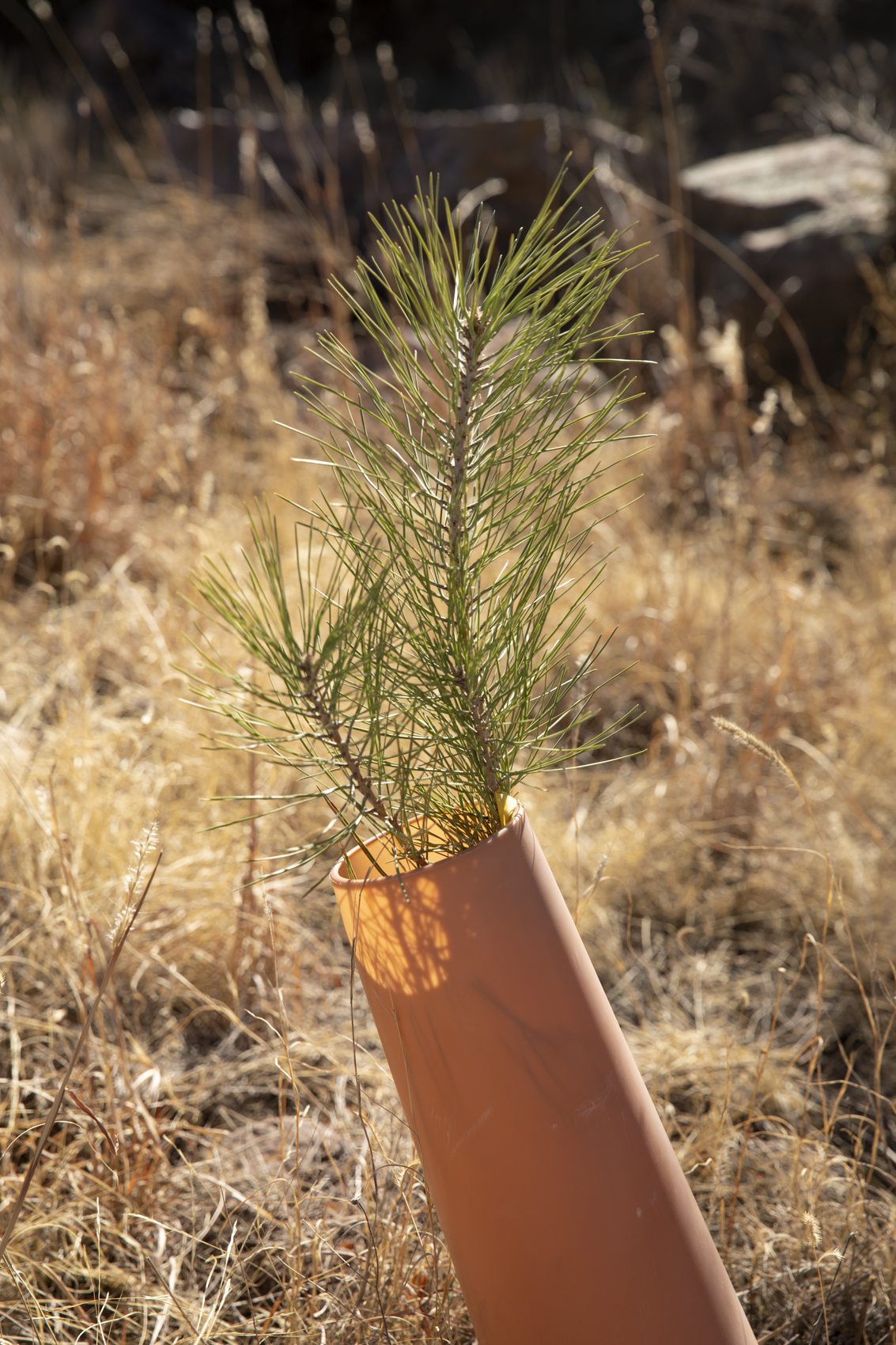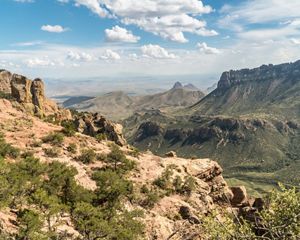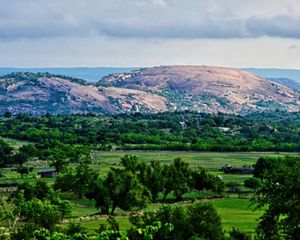Description
The wild and remote Davis Mountains are among Texas’ most awe-inspiring natural areas, evoking the rugged cowboy heritage of the Lone Star State. But wide, open spaces like these are becoming fewer and further between; Texas land is fragmenting faster than any other state, our population continues to climb and development is increasing its pace. With the Davis Mountains forming one of only three of the state’s unique sky islands—a cooler, wetter landscape surrounded by arid lowland desert—conserving this Texas treasure for people and wildlife is now more important than ever.
To help protect this unique ecosystem, The Nature Conservancy (TNC) established the 32,844-acre Davis Mountains Preserve. Subsequent land acquisitions combined with conservation easements on adjoining properties have allowed TNC to protect nearly 110,000 acres of the Davis Mountains region.

